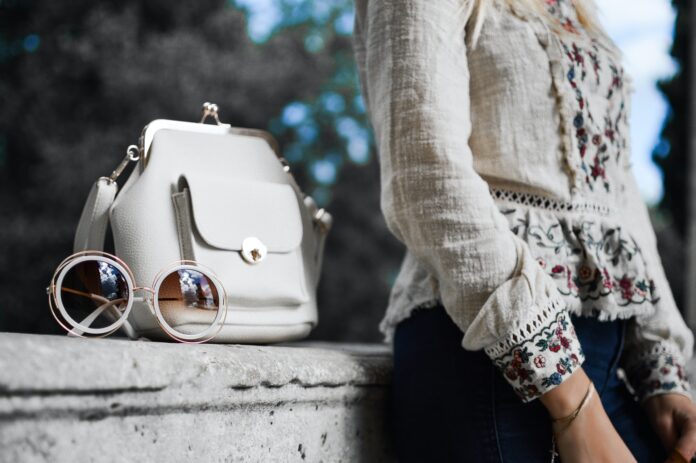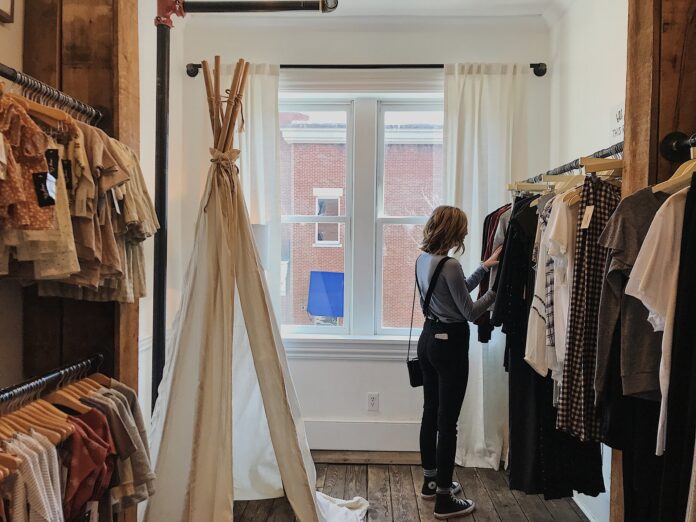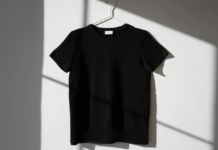
Salvation on this planet is something we all need. Many industries that we are not aware of are actually huge polluters. We are used to the metallurgical, chemical, and processing industries being the biggest polluters of the environment. But what we seldom think about is that it can also happen with fashion.
Surely, who would say that the clothes we actually wear can be harmful to the environment?
This is due to many factors, including:
- Improper disposal of production residues
- Use of dyes and chemicals
- Textile bleachers
- Destruction of non-functional pieces of clothing
This industry, in fact, is a major polluter of both water and soil, and in some segments of the air.
The traditional way of disposing of waste from the fashion industry is really harmful to the environment. First of all, these wastes are difficult to decompose, and harmful gases can be released during combustion.
But fashion brands seem to understand the problem, so more and more we can see how they use recycled plastic in their designs or motivate their fans to be practical and recycle instead of throwing it away.
Sustainability is something we aim for all the time, and fashion is not and can not be an exception to that.
Could brands make a difference? Of course, these are the ways in which this is possible:
1. Be careful what fabrics they use

There are organic and recycled fabrics, with which it is possible to create really good fashion pieces. If you check out harathelabel.com, you can see exactly what we are talking about. Sometimes the industry has to use new materials, but it can start a mission of recycling and sustainability. This reduces harmful emissions by up to 70%, especially in the case of synthetic materials.
If cotton is recycled, then the potential for harmful emissions is reduced by up to 45%. Even if cotton is not organic, it is much less harmful to the environment than polyester.
In this way, even industries save resources and increase their sustainability, and can invest in even more innovative methods of creation.
2. Investing in quality materials
If the clothes and shoes, as well as the fashion accessories, are produced with quality, then they will be longer-lasting and the clients will not need to renew them often. Although this is mostly up to the consumers, it would be good for the manufacturers to be aware of the change they are making in the industry.
3. Production according to demand

Many brands want to constantly have a stock of their products. But what they can do is limit their initial collections and then focus on what is most sought after. In this way, fashion and style are contributed to be really sustainable, i.e. to use resources as needed.
4. Donate excess clothing
Many industries practice donating as an appropriate solution for those who need clothing but cannot afford it. The same can be done by people who donate a piece of clothing after they cannot wear it, and it is still functional. This way it stays usable for a long time.
Also, designers who create from what others have thrown away are increasingly present in the market. They sew healthy pieces of old clothes to make something new. They use pieces of textiles to create fashion accessories. In this way, unique clothes and modern pieces are created, reused as long as possible and consumers are motivated to do the same.
5. Use of alternative production materials

Several brands in the past have used fishing nets drawn from the oceans to create footwear materials. Others motivate consumers to return worn-out items so that brands can recycle and reuse the materials.
Many designers already have collections of reusable materials and can be said to be just as successful as regular lines. Alternative textiles are innovative and attractive, and great pieces of clothing can be produced. Simply fashionably to every consumer in the world.
What are the benefits of sustainable fashion?
Whether the brands themselves promote it or the consumers themselves find a way to reuse old and worn fashion pieces, all this really brings a lot of benefits:
- Spending less money on new clothes
- Creating uniqueness
- Stylish expression at a higher level
- The ecological solution in the long run
- Feeling that you are doing something good for the environment
- Possibility to use the same pieces for years
At the same time, harmful emissions are reduced as a result of production. The waters, the soil, as well as the whole flora and fauna are protected.
Of course, the fashion industry is only part of this big change, because it has to start somewhere.
What can individual users do?

The changes are simple. Use environmentally friendly detergent, which will not fade the color of clothes. Support sustainable brands. Sometimes you will find great clothes in thrift shops as well. Donate your usable clothing to charity or find out where textiles are recycled.
Invest in quality clothing that you can wear for a long time. Ask yourself if there is an option for renting clothes, for wedding dresses or formal dresses and suits, because those pieces are not really worn more than once or twice.
Conclusion
Caring for nature and the environment is the task of everyone, both individuals and large industries. Ecology must be a priority for all of us.
When it comes to fashion, there are many ways to promote and apply sustainability. The paint can be organic and natural and does not pollute the environment and water.
In this article, we have presented ways in which you can contribute yourself to the sustainability and recycling of clothing. The same approach can be applied by big brands. And you, as a consumer, can find out who cares about the environment, to be a priority when you go shopping. As we have said, the care for a healthy environment is in the hands of all buyers. Changes start with us.











